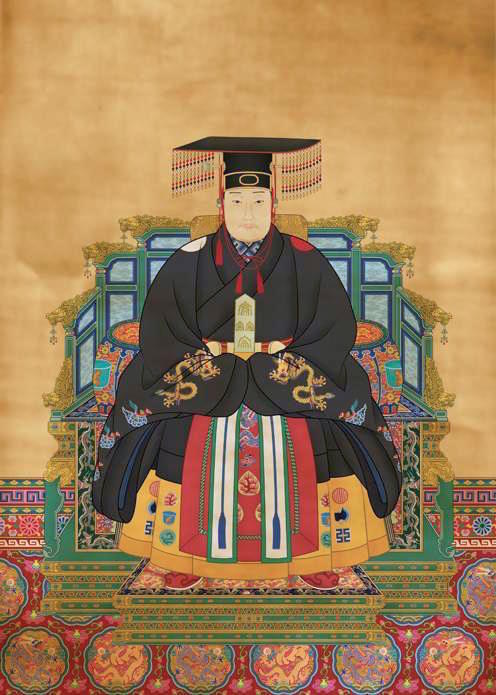Empires in the sixteenth-century world
The opening lecture for this module on global connections in the early modern world focuses on the empires that formed the most significant political entity throughout the period from 1500 to 1800. At the outset of our ten-week programme, we focus on the empires that were in place in the sixteenth century: the major land empires, namely the Ming empire in China (1368-1644), the Mughal empire in India (1526-1857), the Ottoman empire in Turkey (1299–1922/1923), and the Safavid empire in Iran (1501-1722), as well as the Spanish empire in the Atlantic world, founded in 1492.
Questions:
- Why was empire such an enduring political form during the early modern period?
- Is the term 'gunpowder empires' a useful descriptor for the Ottoman, Safavid and Mughal empires?
- How important is the division between land and maritime empires for understanding the early modern world?
- Is there a qualitative difference between the European (Spanish and Portuguese) empires and the Asian empires?
Core readings:
- Dardess, John W., Ming China, 1368-1644: A Concise History of a Resilient Empire (2012), Ch. 3 'Governance'.
- Khan, Iqtidar Alam, "Gunpowder and Empire: Indian Case", Social Scientist 33. 3/4 (2005): 54–65.
- Woodworth CK. 'Ocean and Steppe: Early Modern World Empires', Journal of Early Modern History 11.6 (2007): 501-518.
Further readings:
Bang, Peter Fibiger, and Dariusz Kołodziejczyk (eds.), Universal Empire: a Comparative Approach to Imperial Culture and Representation in Eurasian History (Cambridge: Cambridge University Press, 2012).
Brook, Timothy, The Troubled Empire: China in the Yuan and Ming Dynasties (Cambridge, MA: Harvard University Press, 2010).
Dale, Stephen F., The Muslim Empires of the Ottomans, Safavids, and Mughals (Cambridge: Cambridge University Press, 2010).
Darwin, John, After Tamerlane: The Rise & Fall of Global Empires, 1400-2000 (New York: Penguin, 2007).
Duindam, Jeroen F. J. Dynasties: A Global History of Power, 1300-1800. New York, NY: Cambridge University Press, 2016. Internet resource.
Elliott, J.H., Empires of the Atlantic World: Britain and Spain in America, 1492-1830 (New Haven: Yale University Press, 2007).
Hodgson, Marshall G.S., The Venture of Islam: Conscience and History in a World Civilization (Chicago: University of Chicago Press, 1974).
Khan, Iqtidar Alam,Gunpowder and Firearms: Warfare in Medieval India (New Delhi: Oxford University Press, 2004).
McNeill, William H., "The Age of Gunpowder Empires, 1450-1800", in Michael Adas, Islamic & European Expansion: The Forging of a Global Order (Philadelphia: Temple University Press, 1993).
Streusand, Douglas E., Islamic Gunpowder Empires: Ottomans, Safavids, and Mughals (Boulder: Westview Press, 2011).
Sun Laichen, 'Military Technology Transfers from Ming China and the Emergence of Northern Mainland Southeast Asia (c. 1390-1527)', Journal of Southeast Asian Studies 34 (3): 495–517.

Wanli emperor (Ming China)
Wikimedia commons
